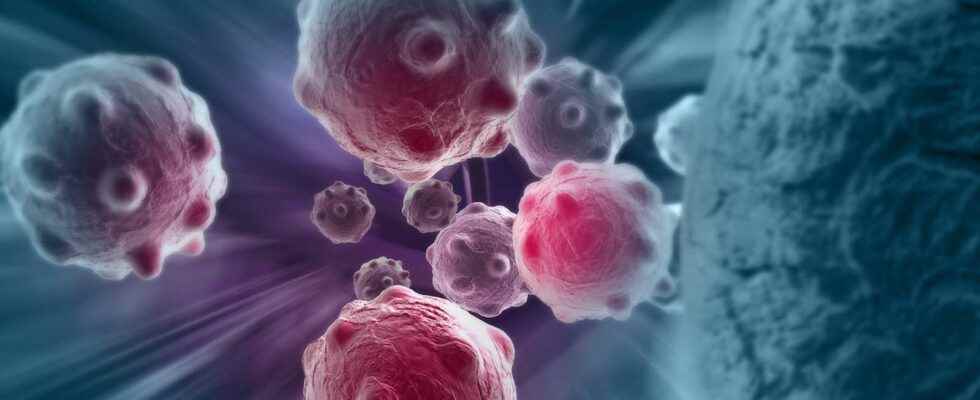A study conducted in rats showed that partial ablation (50 to 75%) of liver tumors by ultrasound was sufficient for the cancer to regress completely. The waves partially destroy the tumor and stimulate the immune system which takes care of eliminating the rest. A breakthrough that brings hope.
You will also be interested
[EN VIDÉO] Very high dose rate cancer radiotherapy The Institut Paoli-Calmettes in Marseille, an anti-cancer centre, has been equipped with a new radiotherapy device, the Versa HD, using very high dose rates which would make it possible to improve the effectiveness of the treatment.
In oncologythe reference treatment is always to remove the tumor by surgery. Unfortunately, in many situations this is not possible: the tumor is too large or its position is such that its removal would damage the surrounding tissue too much. In these cases, other treatments are offered – the chemotherapy or radiation therapy – either to try to reduce the size of the tumor for later surgery, or to destroy it. But these treatments are not without side effects and their effectiveness is less than surgery.
A promising new method for the mechanical destruction of cancers, called histotripsy, was published on March 22, 2022 in the journal Cancer. It is a treatment by ultrasound making it possible to strike down a tumor with millimetric precision, without operating, in a non-invasive way.
Histotripsy, a promising treatment using sound waves
This is a technique using ultrasound, like ultrasound. But these are not quite the same waves: those of histotripsy have a much greater amplitude. These lead to violent mechanical stresses breaking the structure of cancer cells. Millimetric targeting limits the effects on healthy cells.
Partial destruction is enough
The authors wished to evaluate the effects of a partial destruction of the tumorsof the order of 50 to 75%, by histotripsy in rats with liver cancer. The endpoints were tumor progression, overall survival and the occurrence of metastases. The results show that theablation partial tumors led to total regression of the tumor in 81% of cases, without relapse and without occurrence of metastases. Ultrasounds destroy part of the cancerous cells and stimulate the immune system which is responsible for finishing the job, preventing relapses and the spread of cancerous cells which can lead to the birth of metastases. In comparison, 100% of untreated rats experienced tumor progression and metastasis. Moreover, the survival of the treated rats was much better than that of the untreated rats.
This technique is extremely promising. On the one hand, it is non-invasive, which limits the risks associated with surgery andanesthesia. On the other hand, a partial ablation is enough: this is a great advance for tumors that are difficult to access. If it has been tested only on liver cancers for the moment, it could also be beneficial for other locations.
Interested in what you just read?
